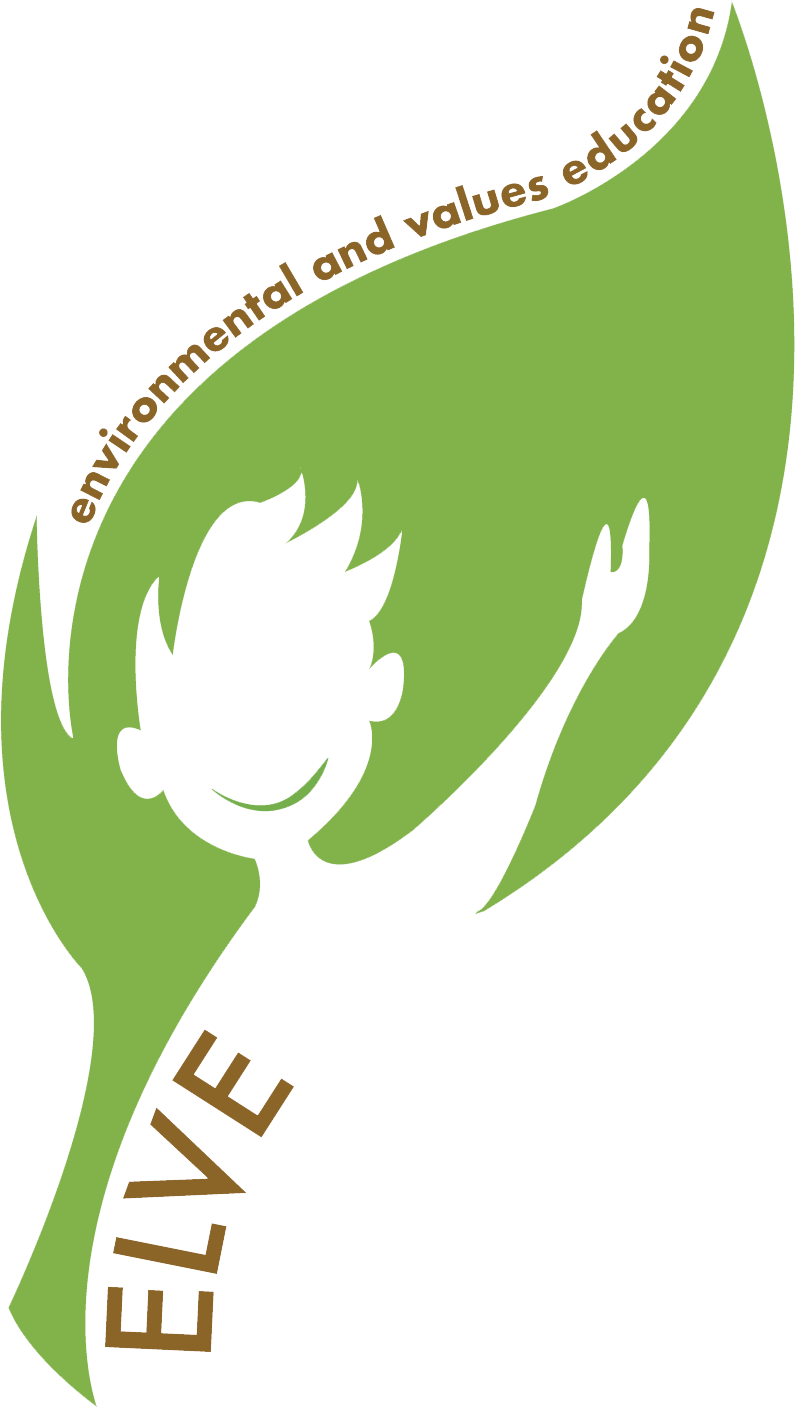Photographers and writers
Age6-9
ValueEnvironmental
LocationOutdoor
Recommended group size1-5
Recommended time / Minutes90-120
| Topic | Curiosity |
| Overview | Do-Feel-Act-Know The child develops through sensory exploration. "Photographers and writers” trains the children’s curiosity and observation skills. Moved by curiosity, a child observes, picks up, where appropriate, and gently touches the object to detect its most important features. During this activity, we will ask the children to perceive stimuli by observing natural objects, mainly through sight, sound and smell. Nature is the place of the infinitely small and the infinitely large. The activity aims to establish a connection with nature, which then becomes a reflection on the environment in general and raises awareness about the vulnerability of nature. |
| Learning objectives | 1. Raise awareness about the variety of natural elements. 2. To be able to describe and distinguish natural elements through observation. 3. To stimulate curiosity and respect for nature. |
| Skills developed | ● Cognitive skills: ability to observe ● Transversal skills: ability to work in a team ● Motor skills |
| Method | Teamwork, question and answer, group discussion, outdoor education |
| Materials | We need to build a frame with: Cardboard, scissors, markers and crayons to decorate it. In alternative.. ..build a frame with sticks from the garden and a string to tie them up. Furthermore, we need: sheets of paper or a notebook and a pen for transcribing observations. Paper, clipboards and crayons for drawing for 6 year-olds. |
| Guidelines | ● Each child builds their own frame, with the support of the facilitator, if necessary. Before going outside, the facilitator identifies a suitable area.● The facilitator forms groups of three and takes them outside. Every group selects a sit spot. A sit spot is a site where children can sit for about 20 minutes and make observations through their built frame.● Children take turns one on being the 'photographer' and the other two on being the 'writers'. For younger age groups, use clipboards with paper and crayons or watercolours to make them record what they see.● They will observe natural elements: plants, leaves, clouds, stones, the colour of the soil, twigs…● Attached, you can find a table of questions that can already be transcribed on the sheets of paper to guide the observation for primary school children.● After the outdoor activity, the groups return to the classroom. Each group tells what they observed by showing the drawing or by reading what they have written.● The activity ends with a final discussion led by the facilitator. During the final discussion, the facilitator uses simple questions to stimulate reflection: What did you observe? What did you learn today? Do you think it is important to respect nature? Why? What behaviour do you adopt to respect nature? |
| TipsAdditional materialsHow to apply online?What to do at home? | The activity can be repeated in the four seasons of the year to see the difference between the things observed. For example, have children observe a tree in summer, fall, winter, and spring. How did the tree change during the different seasons? Keep the material from all the seasons in order to make a final comparison. It can be collected in a booklet facilitators can share with parents. |
| Author | Noemi Marchiotto |
| Media | |
| Download | Download |
